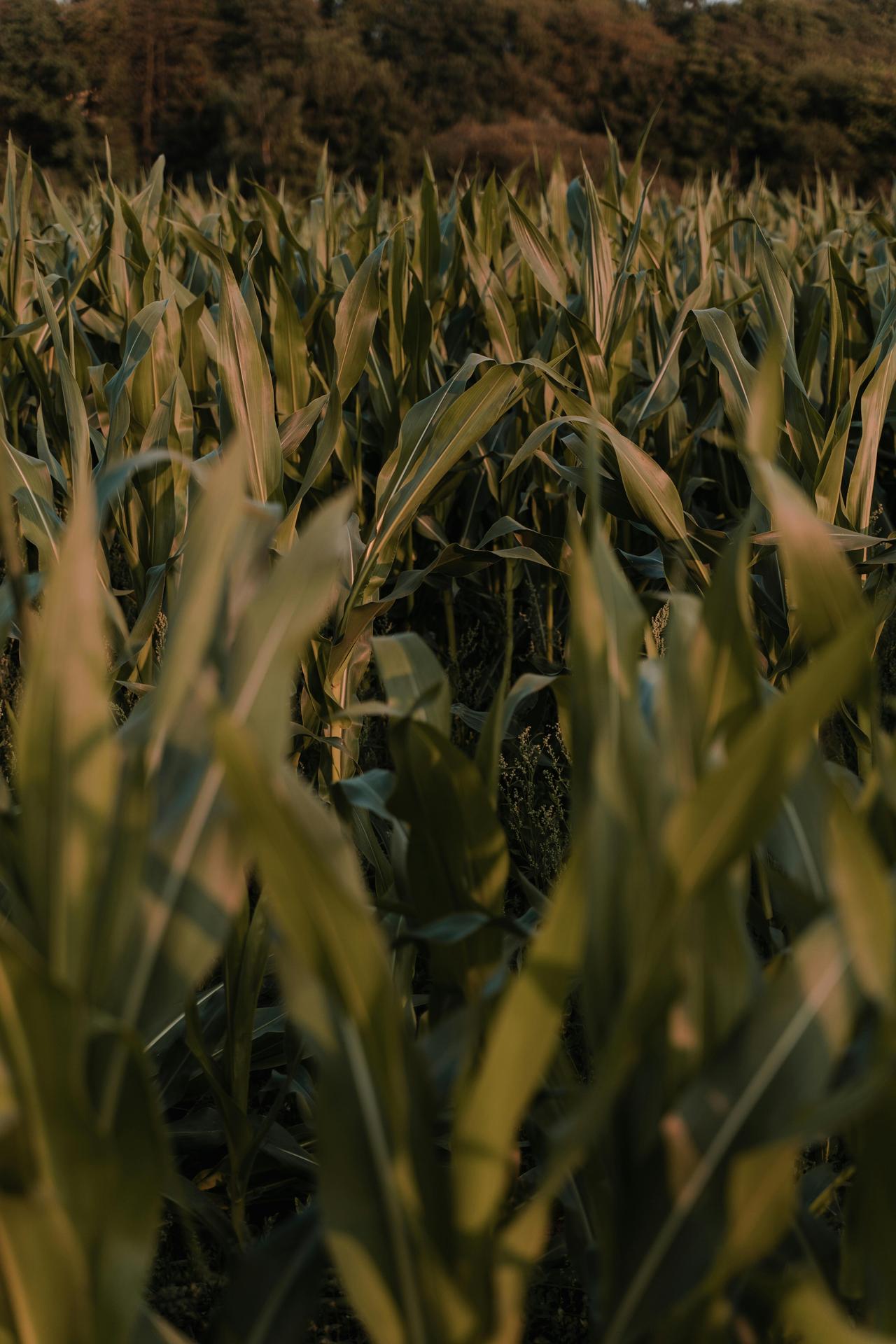Commodity Swaps May Be Based On The Prices Of Different Types Of Commodities

Commodity swaps are financial derivatives used to manage exposure to price fluctuations in various commodities. These swaps allow parties to exchange cash flows based on the prices of underlying commodities, providing a way to hedge against or speculate on price movements. The essential feature of commodity swaps is that they can be structured around the prices of different types of commodities. For example, commodity swaps may be based on the prices of agricultural products like wheat or corn, energy commodities such as crude oil or natural gas, or industrial metals like copper or aluminum.
In a typical commodity swap agreement, one party agrees to pay a fixed price for the commodity, while the other pays a floating price that fluctuates according to the market. This arrangement allows participants to lock in prices or gain exposure to changes in commodity prices without the need to directly buy or sell the physical commodities. Commodity swaps may be customized to suit the specific needs of the parties involved, with variations based on the type of commodity, the quantity, the duration of the contract, and the pricing mechanisms.
The versatility of commodity swaps makes them useful for various market participants, including producers, consumers, and investors. For instance, a company that relies heavily on a particular commodity for its production might use a swap to stabilize its costs by locking in a fixed price. Conversely, an investor might use commodity swaps to gain exposure to price movements in the commodity markets without the need to engage in physical trading.
By enabling these financial exchanges based on commodity prices, commodity swaps offer a flexible tool for managing risk and optimizing financial strategies in response to market conditions. Thus, the “commodity swaps may be based on the prices of different types of commodities” reflects the broad applicability and strategic value of these instruments in financial markets.
Commodity swaps are financial derivatives used to exchange cash flows related to commodity prices between two parties. These contracts are structured to help businesses and investors manage price risks associated with commodities like oil, gold, or agricultural products. In a commodity swap, one party agrees to pay a fixed price for a commodity while receiving a floating price based on market fluctuations. Conversely, the other party pays the floating price and receives the fixed price. This mechanism allows both parties to hedge against price volatility or speculate on price movements.
Commodity Swaps Overview
Types of Commodity Swaps
Commodity swaps can be based on a variety of commodities, each with different pricing dynamics and market factors. For instance, swaps can be structured around energy commodities such as crude oil and natural gas, precious metals like gold and silver, or agricultural products like wheat and corn. The choice of commodity affects the terms of the swap, including the pricing formula and settlement dates.
Example Table: Commodity Swap Types
| Commodity Type | Fixed Price | Floating Price Index | Settlement Frequency |
|---|---|---|---|
| Crude Oil | $75 per barrel | Brent Crude Oil Index | Monthly |
| Gold | $1,800 per ounce | London Gold Fixing Price | Quarterly |
| Corn | $5 per bushel | Chicago Board of Trade Corn Index | Bi-monthly |
Pricing and Valuation
Pricing Formulas for Commodity Swaps
The valuation of a commodity swap depends on the fixed and floating prices agreed upon in the contract. The fixed price is predetermined, while the floating price is typically tied to a market index or spot price. The net cash flows exchanged between parties are calculated based on the difference between these prices.
Mathjax Example: Swap Valuation Formula
The value of a commodity swap at time \( t \) can be expressed as:
\[ V(t) = (P_{\text{fixed}} - P_{\text{floating}}(t)) \times Q \]where:
- \( P_{\text{fixed}} \) is the agreed fixed price,
- \( P_{\text{floating}}(t) \) is the floating price at time \( t \),
- \( Q \) is the quantity of the commodity.
Risk Management and Applications
Uses in Hedging and Speculation
Commodity swaps are widely used for hedging purposes to manage the risk of price fluctuations. Companies involved in commodity production or consumption use these swaps to lock in prices and stabilize their revenue or costs. Investors also use commodity swaps to speculate on price movements or gain exposure to commodity markets without physically trading the commodities.
Quote on the Role of Commodity Swaps
“Commodity swaps provide a strategic tool for managing price risk and enabling investors to participate in commodity markets with more certainty and control.”
By utilizing commodity swaps, market participants can effectively manage their exposure to commodity price volatility, making these instruments crucial for both risk management and speculative strategies in various industries.
Excited by What You've Read?
There's more where that came from! Sign up now to receive personalized financial insights tailored to your interests.
Stay ahead of the curve - effortlessly.

